Frank Rushmore Watson, architect
Philip Hubert Frohman, expansion architect
1928, expansion in 1950
6000 Grove Avenue
At first glance, St. Stephen’s Episcopal Church is a raw, gray mass of stone at the busy intersection of Grove Avenue and Three Chopt Road in the West End’s leafy Westhampton neighborhood.For those who have experienced the soaring, yet embracing, interior sanctuary, however, it is hard to forget; one of the most beautiful religious spaces in Richmond and a masterwork of American late-Gothic Revival architecture.
Two highly-talented American architects, both of whom worked in the Gothic idiom in the early twentieth century, had a hand (at different times) in creating this magnificent place. Frank Rushmore Watson (1859-1940), a Philadelphia architect noted for his Catholic churches, designed this structure to accommodate 400 worshipers. Construction was completed in 1928. Following World War II, in 1950 the sanctuary was expanded to accommodate some 750 attendees following the plans of California-born architect Philip Hubert Frohman (1887-1972). Frohman is best known, and widely respected, as the architect responsible for the design of the National Cathedral in Washington, D.C. where he supervised its extended construction from 1921 until 1972, the year of his death.
The St. Stephen’s parish traces its origins to 1911 when electric street car service was established connecting downtown Richmond with the emerging West End suburbs in the vicinity of Grove Avenue and Three Chopt Road. This streetcar also served the Country Club of Virginia, which had opened in 1908. Episcopalian residents established St. Stephen’s, in part, to provide religious instruction for their children. According to former organist Neal Campbell, the church received the affectionate moniker of “St. Convenience.” A century later, while the nickname remains, it refers to the parish’s proximity to the country club for after church Sunday brunch, tennis, or a round of golf.
In selecting an architect, congregants were aware of the handsome new campus in the Gothic Revival style that esteemed Boston architect Ralph Adams Cram had designed for nearby University of Richmond, so they approached him to design their complex. Cram explained that he was too busy and suggested Frank Watson for the job. Watson designed a sanctuary with rugged exterior walls clad in rubblestone (stones not laid in ordered rows) which was particularly appropriate for a 1920s house of worship in a quasi-rural setting amid towering pine trees. The front facade of the sanctuary faces Three Chopt Road and is marked by three double entry doors topped by three large Gothic-style windows. .
Inside, the nave has long, high, and tan-hued plaster walls. The center aisle leads to the chancel where an architectural highlight is an impressive reredos that rises above the alter and melds seamlessly with a Gothic window that contains brilliant colored glass.. When the sanctuary was enlarged in 1950, two windows bays were added at the western end of the building and an Aeolian-Skinner organ was installed in the chancel.
The sanctuary was extensively renovated in 2015. With this undertaking, linoleum flooring in the aisles was replaced with terra-cotta tiles. Also, the chancel was brought slightly forward into the nave to create better accessibility. Church leaders, in explaining the expense of the project to parishioners, quoted Mother Teresa: “The poor suffer from a lack of food but are also starved for beauty and sacred inspiration.”
ES
Image Citations:
Summer and interior photography by John DeMajo via The Churches of Virginia.
DeMajo, John. “st_stephen1, 2, and 7.” Churches of Virginia, http://www.churchesofvirginia.org/st_stephens_richmond/index.htm.
Winter photograph via Charismata News.
Churches Hold Thanksgiving Day Worship Services To Reflect On God’s Providence, Charismata News, 2018. http://charismatanews.org/2018/11/23/churches-hold-thanksgiving-day-worship-services-to-reflect-on-gods-providence/

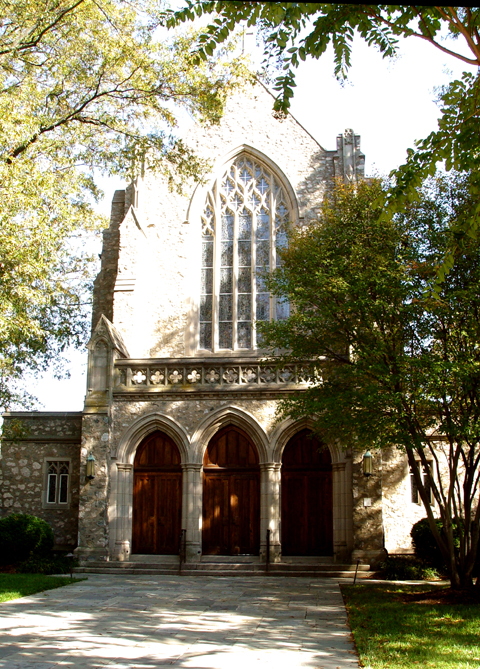
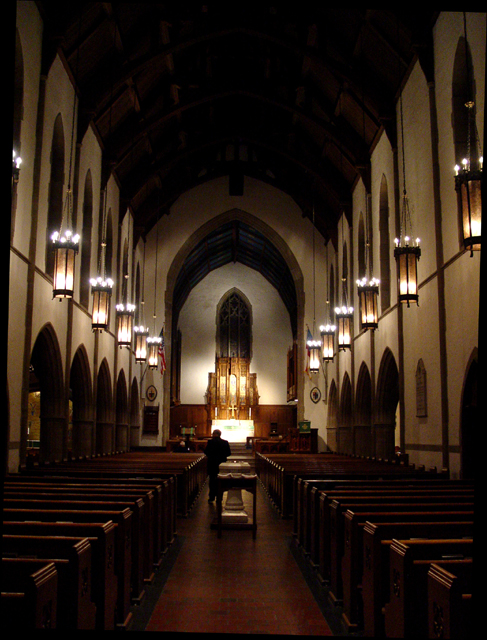
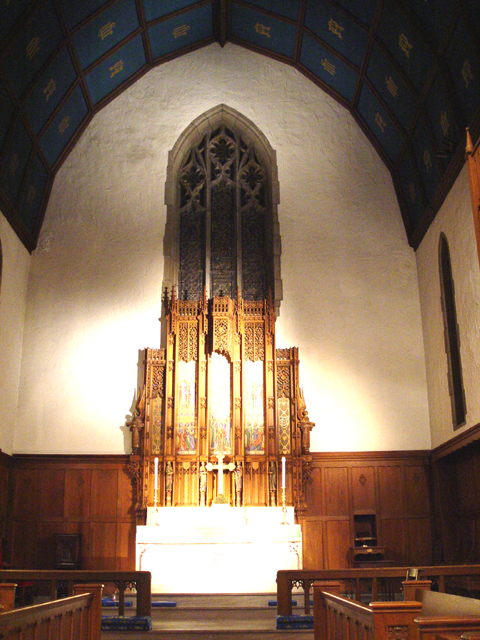


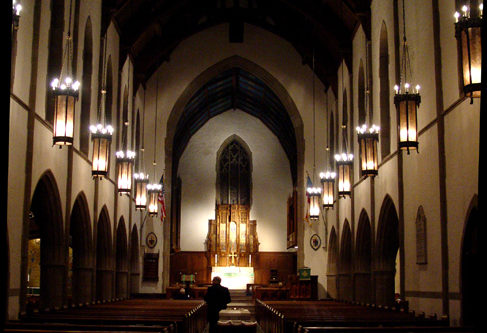
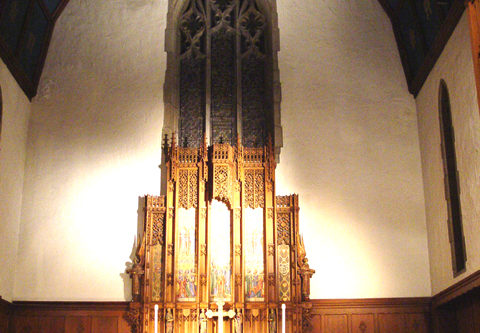
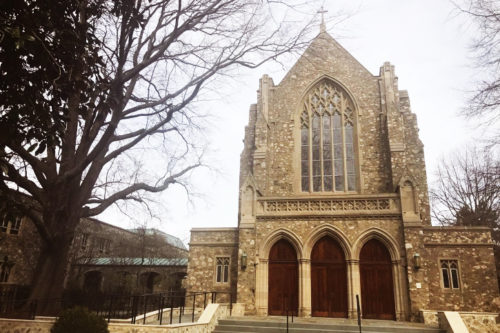
1 Comment
We have just attended the beautiful and fitting service commemorating the life of my life long friend Lee Parr Phipps via online web site. It was consoling for me to be there in spirit if not in person. I feel blessed that she was a part of my life for 87 years. She was a remarkable person – full of love, talent and courage.
Ann
Write a Comment